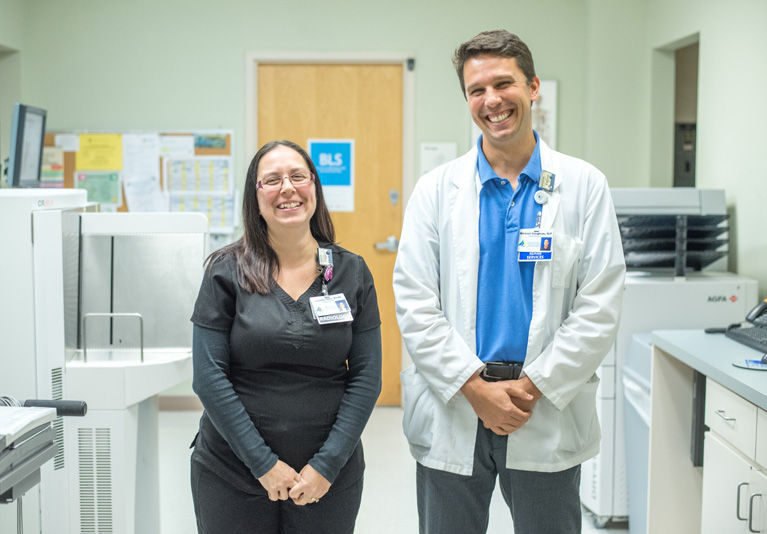
Strictly speaking, dysphagia – severe difficulty swallowing – is not a disease. Nevertheless, it is a major medical problem, with 12 to 15 million Americans afflicted, and it disproportionately affects seniors.
Dysphagia is a symptom or a side-effect of other diseases or injuries that weaken or interfere with the nerves and muscles involved in the swallowing process, which is far more complex than most people realize.
In addition to the proper functioning of the larynx, the soft palate and the epiglottis, the sphincter muscles at the top and the bottom of the esophagus must also open and close at the proper times. Electrical impulses from the brain must then cause a series of contractions to assist the food or liquid to proceed safely down to the stomach.
The U.S. National Library of Medicine at the National Institutes of Health says the condition “affects up to 68 percent of elderly nursing home residents, up to 30 percent of the elderly admitted to hospitals, up to 64 percent of patients after strokes and between 13 and 38 percent of the elderly who live independently.”
That’s because some – but certainly not all – of the root causes of dysphagia include diseases and conditions most commonly found in older adults.
Strokes, anemia, Lou Gehrig’s disease, brain injuries, Parkinson’s disease, Alzheimer’s disease, gastrointestinal disorders, tumors, inflammations, psychological traumas, scleroderma, multiple sclerosis, muscular dystrophy, post-polio syndrome, congenital birth defects and automobile accidents are among the most common culprits.
The range of possible contributing factors makes finding the root cause of each patient’s problem a complex task requiring a multidisciplinary team approach.
Bernadette Haugh, rehab director at the Sebastian River Medical Center, Michael Gaughran, a swallowing, speech and language therapist at the Sebastian facility, and Jennifer Ellis in the hospital’s imaging center deal with dysphagia on a daily basis.
“Most of the patients I see,” says Gaughran, “are either stroke or Parkinson’s patients. Many neurological-based patients have difficulty swallowing but we have a lot of different techniques – compensatory strategies – that will help them.”
“People with dysphagia,” Gaughran explains, “feel as though food gets stuck in their throats or chests or that any liquid they swallow goes down the wrong way.”
That’s when the hospital’s fluoroscope comes into the picture.
“Fluoroscopy,” Ellis says, “is like an x-ray, but we’re looking through the patient’s body while they’re swallowing and can see what’s going on. It’s like a live movie inside your body.”
Gaughran chimes in saying, “Basically we’re giving food to the patient, then stepping outside the radiographic area and looking at the video and watching the food go down.”
Depending on what the video reveals, Gaughran and Haugh will decide on the best approach and compensatory strategies for each patient. That may include teaching the patient a “modified chin tuck,” keeping the chin down to make the airway a little smaller, or it might be a technique called the “double swallow,” or it could be as simple as a change in the patient’s posture while eating.
Only in extreme cases is the use of feeding tubes or surgery needed.
The Mayo Clinic points out that, “Occasional difficulty swallowing, which may occur when you eat too fast or don’t chew your food well enough, usually isn’t cause for concern,” but it cautions that, “Persistent instances of dysphagia may indicate a serious medical condition.”
Whatever the cause, one all-too-common result of dysphagia is malnutrition.
“Patients with dysphasia,” explains Haugh, “are just not eating and there’s a whole list of things that can come from not having an appropriate diet and getting enough of what you need to sustain yourself.”
Haugh then quickly adds dysphagia also has the potential to bring on severe social isolation and depression.
“When people are unable to be at a gathering where food is the primary thing, such as a family dinner,” Haugh points out, “they often ostracize themselves. They keep themselves away from those environments and that isolation can lead to depression.”
No less an authority than the Johns Hopkins Medical Center in Baltimore backs up Haugh’s assessment.
Hopkins’ psychologist, Dr. David Edwin, puts it bluntly: “There’s not much you can do socially if you can’t swallow or you’re constantly worried about choking if you try to swallow. Few people realize how socially crippling a swallowing disorder can be.”
For most people, sipping on a glass of wine or eating a hors d’oeuvres at a holiday party is an incredibly simple process requiring little thought or effort. For those with dysphagia, however, swallowing anything can be extremely painful and can trigger uncontrollable fits of coughing, gagging, choking and even regurgitation.
If you or a loved one experience persistent problems swallowing, help is available. Consult your doctor.
Bernadette Haugh, Michael Gaughran and Jennifer Ellis are at the Sebastian River Medical Center. That phone number is 772-589-3186.



